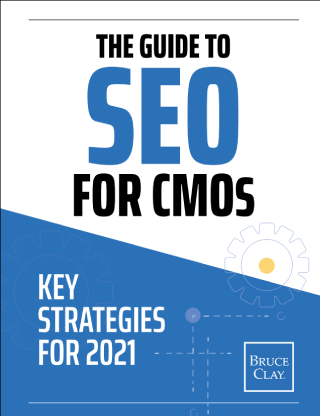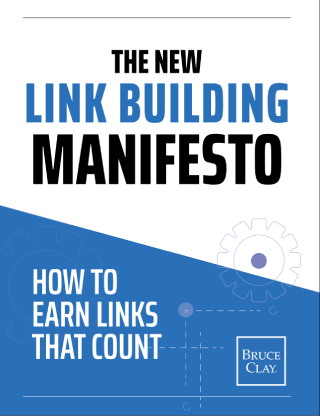This is a common name, but we are not your common service. As a part of our deep-skilled search marketing agency, our approach is as a Comprehensive Ad Agency (CAA). Advanced PPC on steroids, you should ask about this retainer-based program.
Pay-per-click Marketing provides the quickest way to bring new traffic and revenue to a website. While search engine optimization generates free traffic, it takes time to see results. Paid ads, on the other hand, can provide almost instantaneous results. Our blog talks about what is SEM.
The results of a PPC campaign greatly depend on how well it is managed. Our expert SEM consultants can manage your complete project from keyword selection to bidding.
Our full search marketing agency services can cover search engines like Google and Bing, social media sites such as Facebook, LinkedIn, Instagram, TicTok and YouTube – or wherever you can best reach your target audience. Learn more about PPC and our PPC management services.
Paid social media (ads) let you get the word out about your business to a wide audience of your choosing. Sites like Facebook, Twitter, LinkedIn and Instagram have transformed traditional marketing. Businesses can use paid social media campaigns to increase their brand authority and reach customers as never before.
Our creative social media marketing specialists will work with your team to pinpoint the right audiences online and manage advertising spend for maximum results. A social media marketing campaign must be designed to offer the right bait and to appear where and when your audience is ready for it. That takes a lot of both analysis and experimentation/targeting.
Many clients pair social ad campaigns with our other SEM and SEO services to boost their brand, website traffic and leads. Learn more about our social media marketing services.
































































